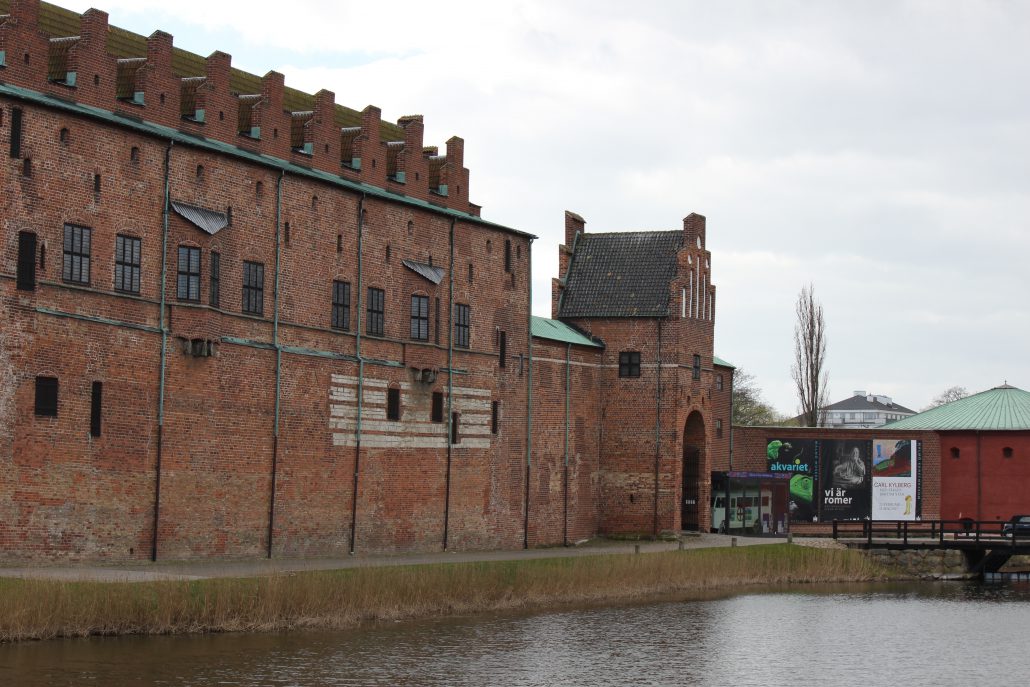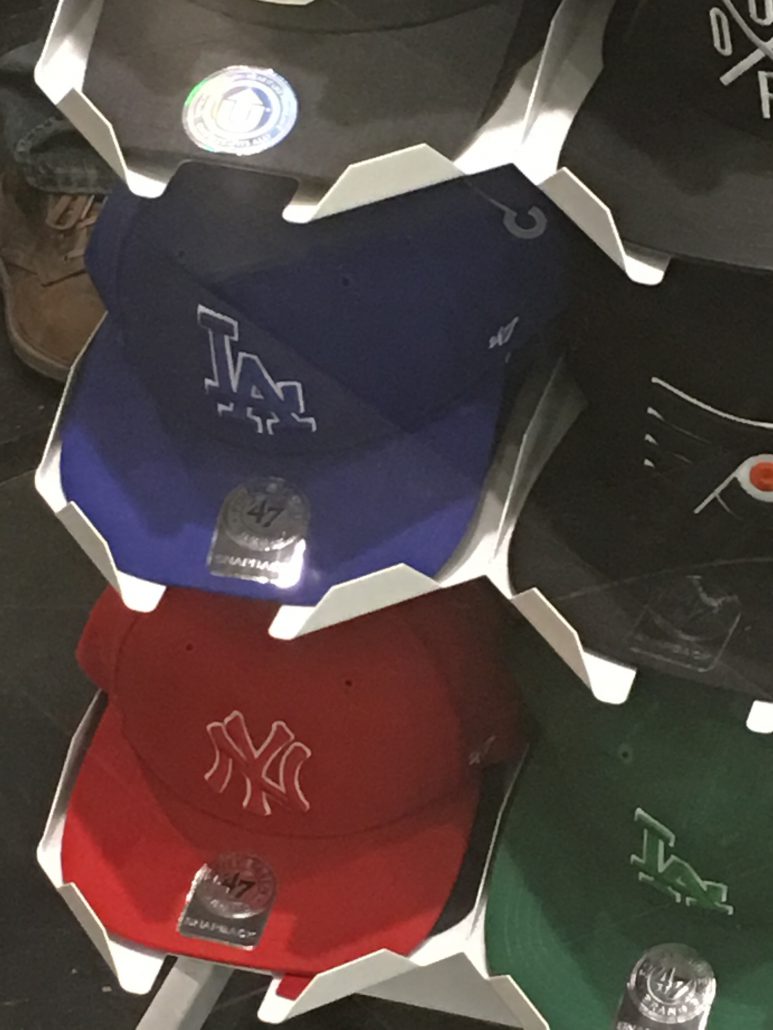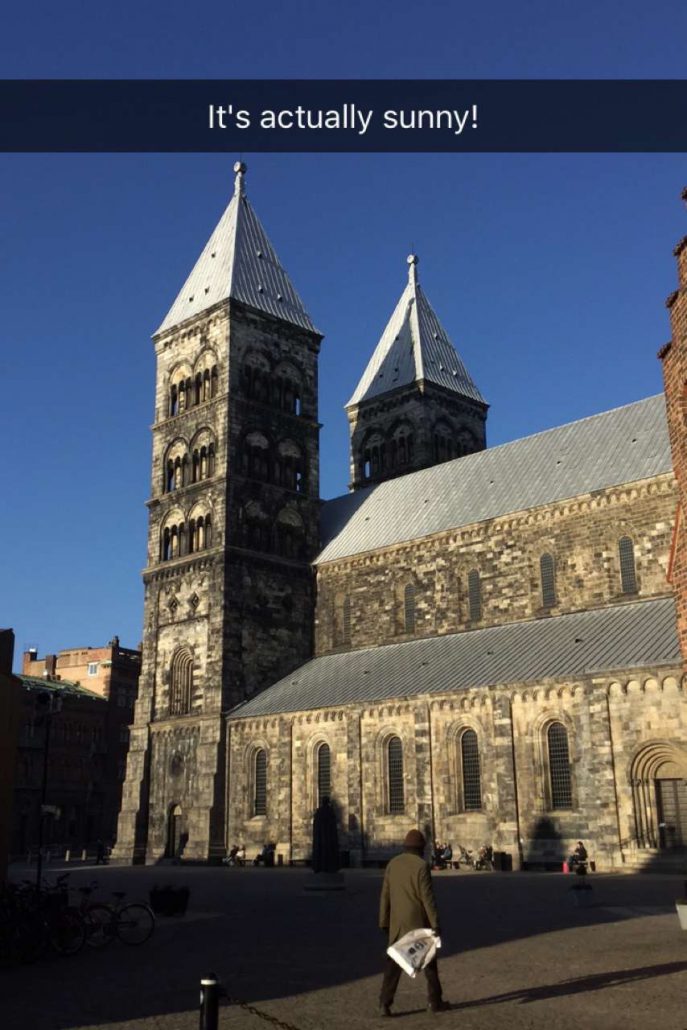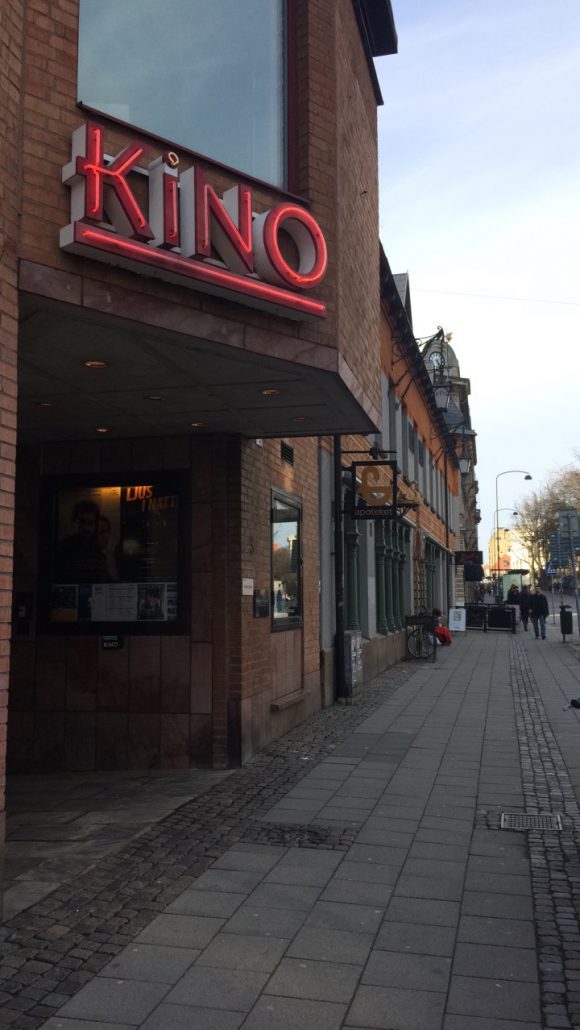Barbados | Study Abroad Spring Semester Packing List Part 2
By ANGELA HOWARD
Last week I talked about the essential luggage and clothing to bring to Barbados, but there is so much more! Let’s start with essential items.
Essential Items
- Passport (plus copies)
This is probably the number one most important thing you can bring it for obvious reasons. Without it, you cannot get into the country! I recommend making a business card sized copy of the passport page with your name and picture on it. Then write COPY on this and get it laminated. This allows you a durable passport “copy” to carry around in your wallet so that you can keep your actual passport stored at home in a safe place.
- UWI Offer Letter
The UWI Offer Letter will be sent to you from UCEAP and is something you need in order to get into the country. You will need to present this to immigration once you arrive. Be sure to have a printed copy that is easy to reach in your carry on.
- Return Ticket
The Barbados student visa requires students to have a return ticket in order to enter the country (which means it needs to be purchased BEFORE you enter Barbados). You will also need to have a copy of this for when you enter the country. Not all immigration officers in Barbados will ask to see it, but I’ve heard stories that some officers make you purchase a ticket while standing there in the airport before they let you pass through customs and immigration.
- Sunscreen, Bug Repellent, and Aloe Vera

Bring two to three bottles of both sunscreen and bug repellent, more if you have fair skin. Barbados is quite a bit closer to the equator than L.A., so even if you have a darker skin tone, it’s important to wear sunscreen in order to protect your skin. Also bring aloe vera (I love the Fruit of the Earth brand as it doesn’t have added chemicals). Bug repellent is especially important because some of the mosquitos in Barbados carry Zika virus. I particularly enjoy Sawyer Picaridin Insect Repellent for bug spray. It doesn’t make me feel sticky, and the best part is the bottles are 3 OZ, so I can take them in my carry on!
- Electronic Devices
Barbados has the same voltage as the U.S. (110 volts) so all of you U.S. electronics and plugs should work in Barbados without any adaptors. The only electronic devices I have been traveling with are my laptop and my cell phone, and fortunately I have not had any problems with theft. However, if an item of yours gets stolen on your trip, be sure to check out the UCEAP Theft Insurance policy!
- ATM Cards
Transaction fees can add up fast, so be sure to check with your local bank to see if there are any fees associated with international transactions or withdrawals. Consider opening an account with a credit union for the semester. I bank with a local credit union in Northern California which has no international credit feeds; however, I get charged $5.50 from the Royal Bank of Canada (RBC) ATM here in Barbados every time I withdrawal money. But if I had Wells Fargo I would get charged $5.50 from RBC and $5 from Wells Fargo. It is also important to have at least two ways to access your money (two different ATM cards) in case one gets lost or stolen. Finally on the note of money, I’d recommend having an emergency fund of at least $1,000. Especially for students who are accustomed to working a part time job in school, this will save you a lot of stress in case your financial aid does not come through in time. For example, even though I have a UC SHIP grant, I had to pay my UC SHIP (approximately $1400) out of pocket before I got reimbursed. If I did not have an emergency fund, I do not know how I would have paid for it.
- Enough prescription medication to last the length of your stay
Unfortunately, prescriptions written in the U.S. are not valid in Barbados so you probably won’t be able to get your prescription refilled, but still bring a copy of the prescription slip! Be sure to bring enough of any prescription medication to last the entire length of your stay, and double check to make sure that your prescriptions are legal in Barbados. For example UCEAP advises students not to bring pain killers containing aspirin into Barbados.
Additional Things
- Snorkel and Mask
Snorkelling with turtles is a definite highlight of Barbados! In fact, it’s so much fun, that you will want to do it again and again. Save yourself some money by bringing your own snorkel and mask. This way you can go as many times and you want without needing to pay to rent gear. (If you’re buying a snorkel and mask for the first time, be sure to test them out in a local pool before you leave. It would be a shame to get the mask all the way here only to find out it leaks!)
- Swimmers Ear Plugs
If your anything like me, too much swimming gives you swimmer’s ear infections. A great way to prevent this is by swimming with ear plugs to keep water out of your ears!
- Toiletries
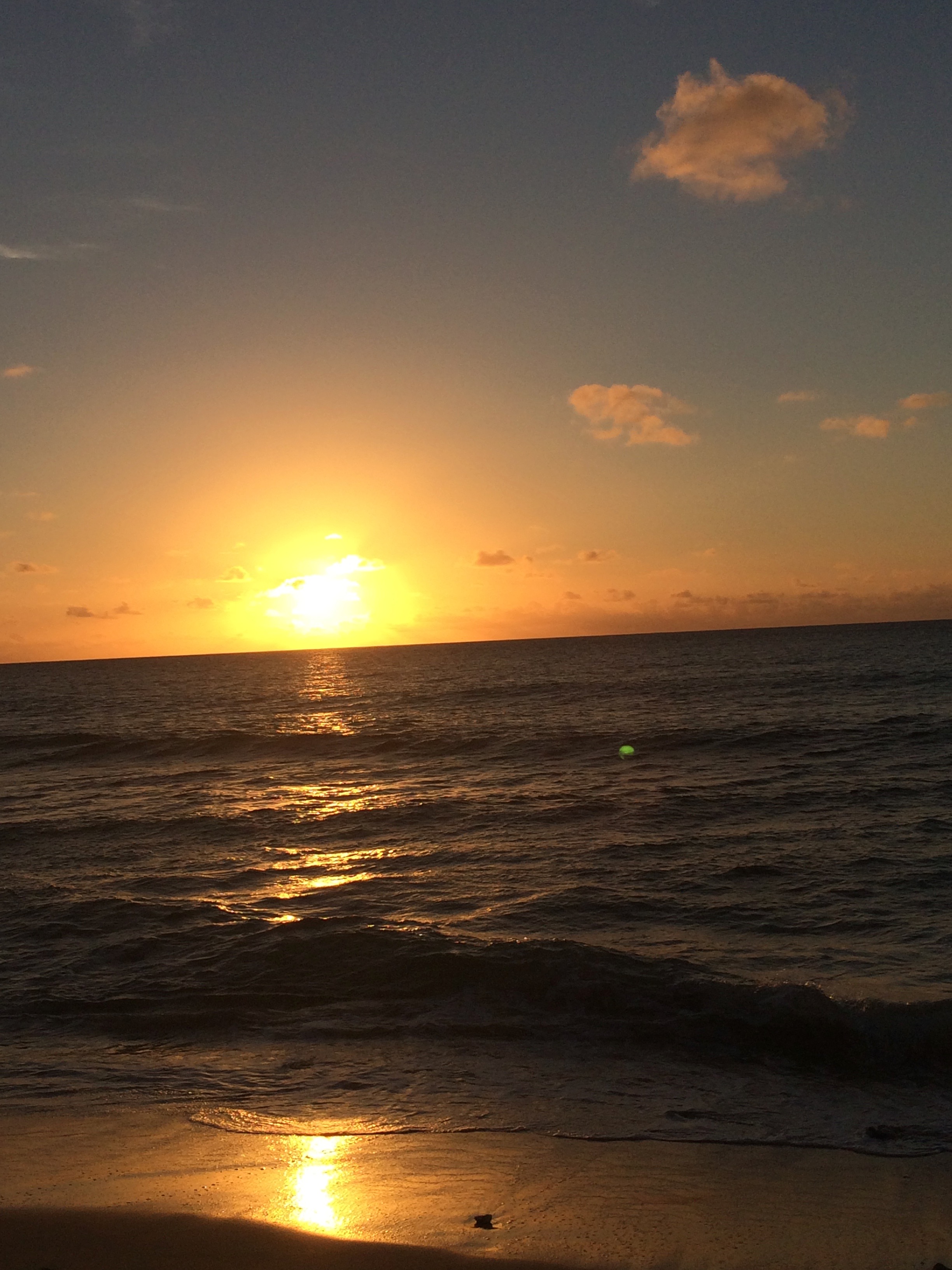
Shampoo, conditioner and other toiletries are easy to find in Barbados, but if there is anything you MUST HAVE, I would bring it. Living on an island limits your choices sometimes.
- TOWELS!
Towels are something I always forget when packing. I brought two travel towels, which I would strongly recommend. They’re easy to fold, don’t take a lot of space, and dry 20 times faster than regular towels. Perfect for Barbados. [Symbol]
What NOT to Bring
Alongside the obvious things like firearms, illegal drugs, and porn, Barbados has a couple specialized things that travellers are not allowed to bring.
- Camouflage clothing
Wearing camo is illegal for civilians in Barbados. Camouflage clothing is restricted to only members of the military.
- Fruit, Vegetables, Seeds, or any other agricultural product
While this is a common thing around the world (some fruit is even illegal to bring into California from other states!), it should be mentioned. Traveling with fruit from country to another is dangerous because the fruit could contain insects that are damaging to Barbados’ agriculture and environment. Sorry Californians, this means no avocados during the Spring semester months!!
Hopefully this list will give you a head start on planning your adventure. Good luck!
Angela Howard studied abroad in Cave Hill, Barbados, in Spring 2017: http://eap.ucop.edu/OurPrograms/barbados/Pages/univ_west_indies.aspx



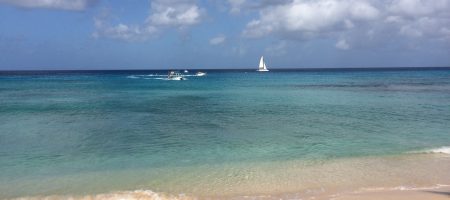



 imes I even wear my bathing suit under my clothes and head down straight after class! I brought a one piece that I purchased in South Africa, and a two piece from Old Navy. Because I have very
imes I even wear my bathing suit under my clothes and head down straight after class! I brought a one piece that I purchased in South Africa, and a two piece from Old Navy. Because I have very




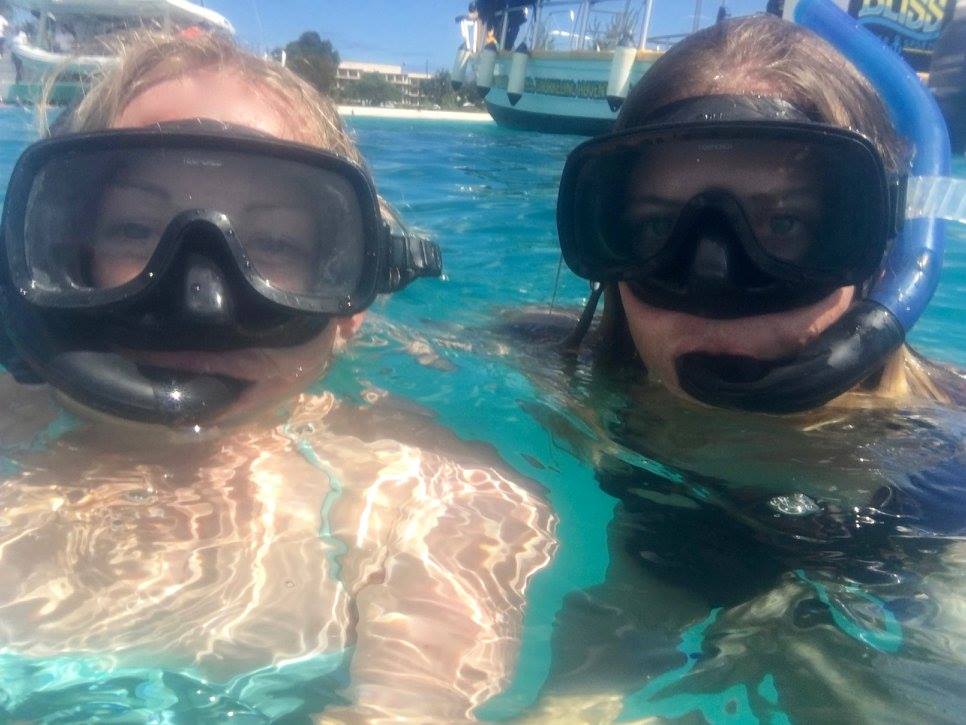 Don’t forget to watch UCLA in the upcoming weeks! UCLA basketball is currently RANKED THIRD IN THE COUNTRY! With March Madness right aroundthe corner, this is particularly exciting! (For those of you that do not know, March Madness is a huge NCAA college basketball tournament that runs for the last two weeks of March every year.) This year, I have been teaching some of my Bajan friends about basketball, in exchange for them teaching me the rules of cricket, and we have all agreed to watch and support UCLA in the tournament. I wear UCLA affiliated clothing most days, simply because it’s what my limited wardrobe consists of, but I wish I had larger sizes to distribute for everyone to wear. As long as they don’t wear red, we should all be in the clear! GO BRUINS!
Don’t forget to watch UCLA in the upcoming weeks! UCLA basketball is currently RANKED THIRD IN THE COUNTRY! With March Madness right aroundthe corner, this is particularly exciting! (For those of you that do not know, March Madness is a huge NCAA college basketball tournament that runs for the last two weeks of March every year.) This year, I have been teaching some of my Bajan friends about basketball, in exchange for them teaching me the rules of cricket, and we have all agreed to watch and support UCLA in the tournament. I wear UCLA affiliated clothing most days, simply because it’s what my limited wardrobe consists of, but I wish I had larger sizes to distribute for everyone to wear. As long as they don’t wear red, we should all be in the clear! GO BRUINS!
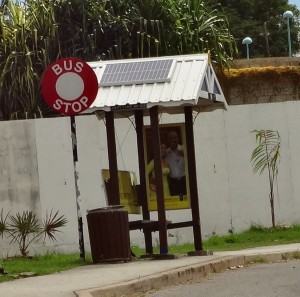

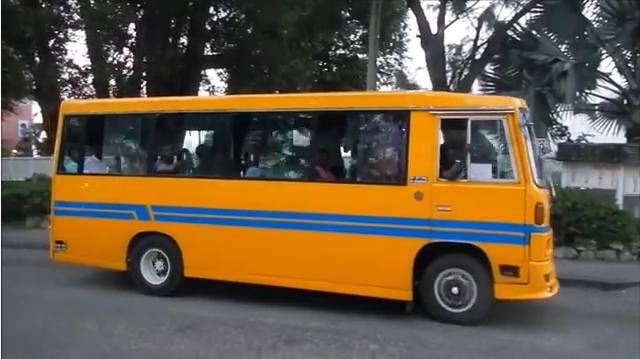
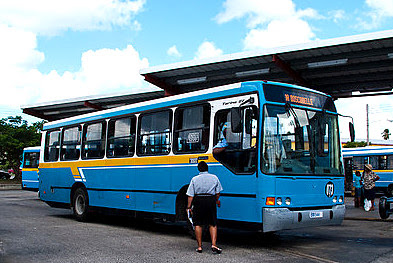





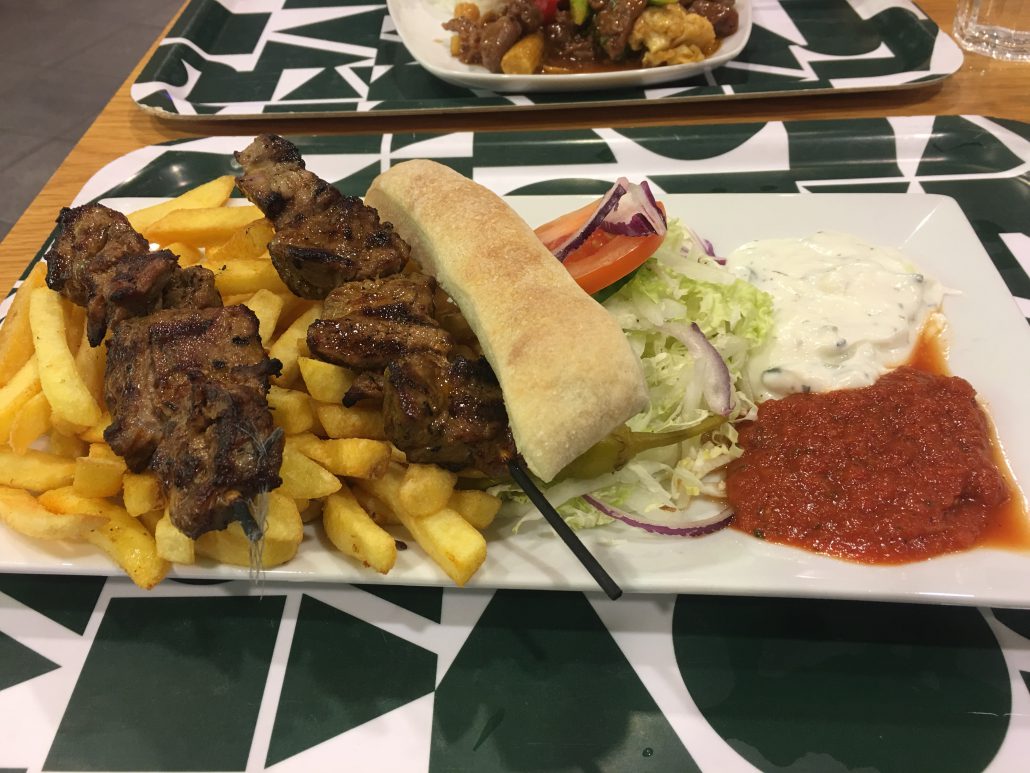






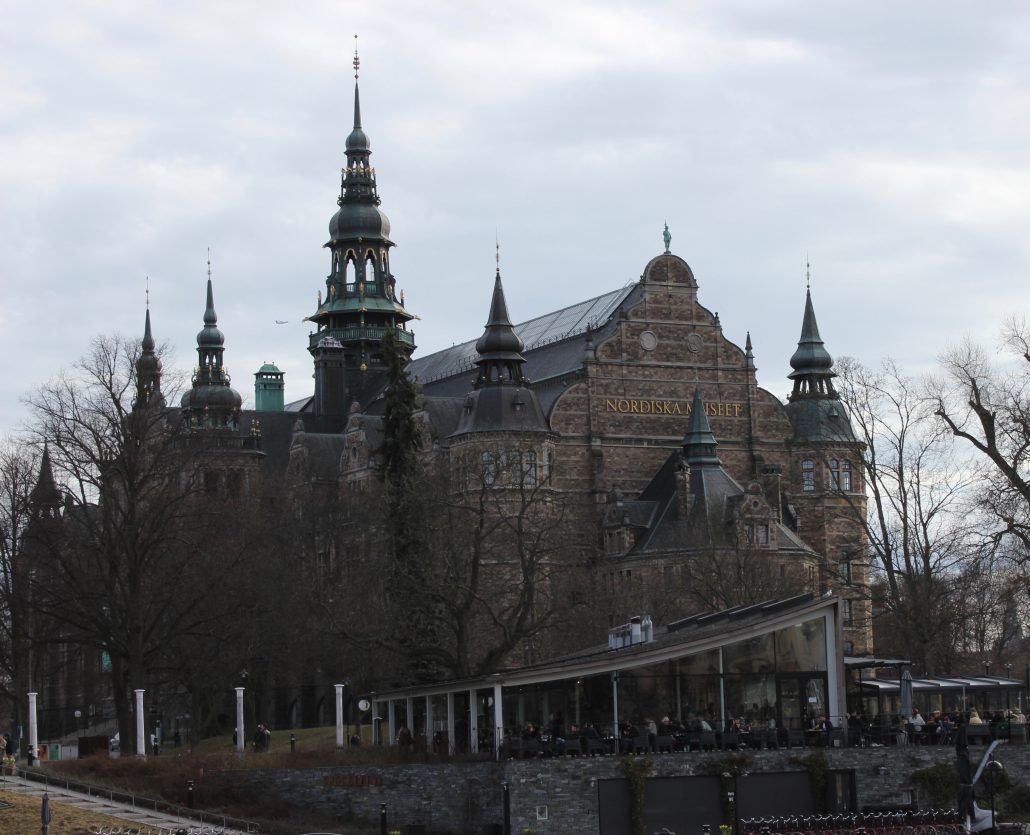


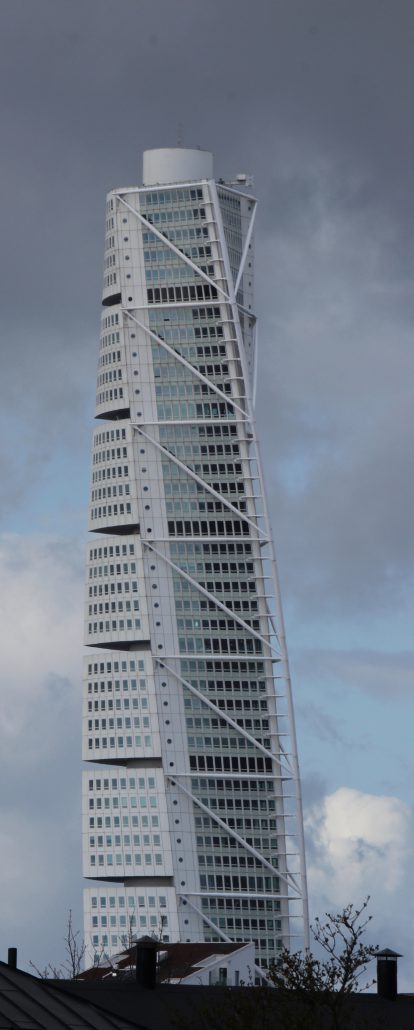
 Shop at IKEA
Shop at IKEA